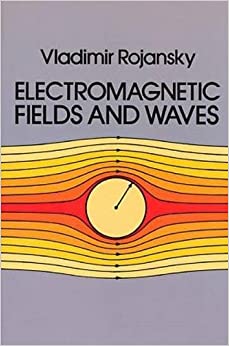Answered step by step
Verified Expert Solution
Question
1 Approved Answer
Can I get the answer for this computational physics problem? I want to know if the output that I got from the code is the
Can I get the answer for this computational physics problem?
I want to know if the output that I got from the code is the right result.
Textbooks for reference:
? "Computational Physics" by Mark Newman (guide to Python in computational physics)
? "Numerical Recipes" by W. H. Press et al. (covers very comprehensibly a vast range of numerical topics; 3rd edition is in C++; older editions, e.g. in C, are freely available online)
? "Clean Code" by Robert C. Martin (great book on good programming practices)


Step by Step Solution
There are 3 Steps involved in it
Step: 1

Get Instant Access to Expert-Tailored Solutions
See step-by-step solutions with expert insights and AI powered tools for academic success
Step: 2

Step: 3

Ace Your Homework with AI
Get the answers you need in no time with our AI-driven, step-by-step assistance
Get Started


